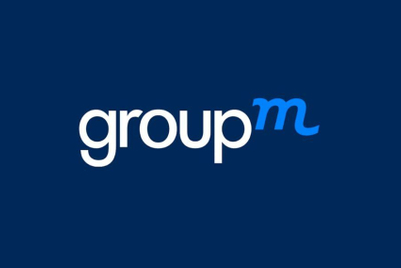
However, with CCTV’s revenues from the auction rising 18.5 per cent , there is also a sense that some advertisers - particularly established brands with sophisticated media planning resources - are looking for more cost-efficient alternatives.
“P&G has bid slightly less than previous years. It is the macro-trend that we are moving towards multimedia touchpoints,” explains Mabel Leung, MD of the P&G Greater China business at Starcom Guangzhou. “In particular, the media consumption of younger consumers is changing and they are spending less time watching TV.”
Although this year’s auction saw PepsiCo and Unilever join the fray for the first time, domestic players are driving the rise in spend on the state-owned broadcaster.
Mengniu was followed closely by Heilongjiang Feihe Dairy Industrial Company, which spent $45 million. Other big spenders included Gree Air Conditioner ($44 million) and Chinese electronics giant Midea ($38 million).
In total, local clients took up 90 per cent of slots, according to China Media Exchange. One reason for this is CCTV’s national coverage - few other media outlets are able to penetrate so deeply into lower-tier markets, meaning it is most effective for clients with broad distribution at that level. This trend has been accelerated by the Chinese Government’s policies to boost internal consumption, particularly in rural cities. Local enterprises, especially household electronics brands, have been driving into rural China.
“The market has changed in dynamic and there were even more bids this year from local enterprises,” says Malcolm Hanlon, CEO China, Zenith Media. “Because of the business opportunities in the third-, fourth- and fifth-tier markets, national TV is becoming continuously more important, including CCTV, national and provincial satellite TV channels.”
A second reason for local brands’ enthusiasm for CCTV is arguably a lack of self-confidence. Many are still building their brands and see presence on CCTV as a symbol of quality. “Local marketers still over-index on CCTV as they try to build brand reputation,” comments Greg Paull, principal of R3.
The question now is where the TV market goes next. Warren Hui, MD, China Media Exchange, argues that the continued growth of CCTV bidding (revenues rose 16 per cent in last year’s auction) is a sign of consolidation of power within the TV market in China.
“The biggest challenge for 4As agencies now is how to prepare for a market situation that sees more and more strong television groups. Brands’ previous planning by market may need to be changed to top-down planning on a national level with local support. This trend is not just a reflection of the media market, but also a reflection of the increasing importance of secondary cities.”
Chinese viewers can expect a slew of TV ads for alcohol brands. Alcohol companies increased their bidding by 170 per cent in the auction. In total 14 Chinese wine brands and three beer brands took part, an indication that this will be a sector marked by fierce competition.
One of the key reasons for this surge is that 2010 will be a big year for sport and national events, both of which offer major drinking occasions. “The Winter Olympics takes place in March, which will attract up to 10 beer and Chinese wine advertisers,” says one media agency source. “Shanghai World Expo will kick off in May. July is usually a low season for advertisers, but this year sees the South Africa World Cup.”
Despite the popularity of sporting events, CCTV drama sponsorship still received the top bidding price - Mengniu spent $30 million for drama sponsorship in the first half of the year.
For now, it seems, China’s brands have plenty of money to spend, and are happy spending it on TV.
Got a view?
Email [email protected]
This article was originally published in 3 December 2009 issue of Media.



.jpg&h=334&w=500&q=100&v=20250320&c=1)

.jpg&h=334&w=500&q=100&v=20250320&c=1)
.jpg&h=334&w=500&q=100&v=20250320&c=1)
.png&h=334&w=500&q=100&v=20250320&c=1)











.jpg&h=268&w=401&q=100&v=20250320&c=1)